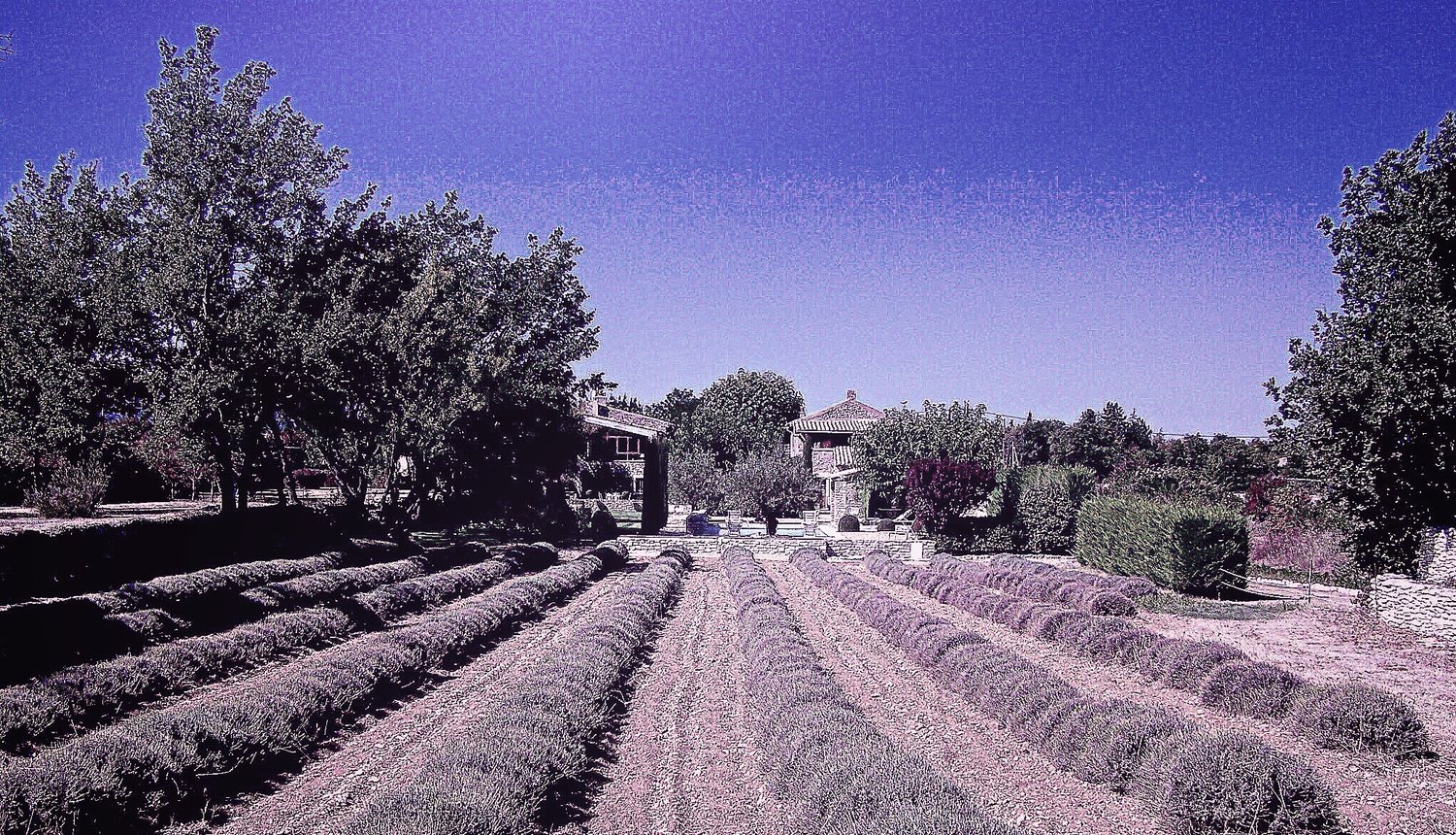Vaucluse
The department of Vaucluse extends from the Luberon: north-east to the high peaks and striking lavender fields of the Mont Ventoux, north-west to the prestigious vineyards of the southern Rhone and south-west to the shady banks and orchards of Isle-sur-la-Sorgue and Fontaine de Vaucluse. Home to the historical cities (UNESCO world heritage sites) of Orange and Avignon, the Vaucluse is the best place in France to enjoy a wine tour and visit historical sites.
Mont Ventoux
Mont Ventoux is a paradise known for its orchards, lavender, views and vineyards, attracting climbers, cyclists and gourmets from around the world. The most beautiful pages of the Tour de France have been written into ints twists and turns. Malaucene is the starting point for those wishing to climb (by auto, bicycle or foot). The higher elevations make for significantly cooler temperatures, ideal for picnics on hot days. For the best views of the lavender fields, head to Sault, taking the D943 from Saturnin-les-Apt. Follow the signs for the route de lavande
The Dentelles de Montmirail
The towns and vineyards surround the foothills of the Mont Ventoux, a dramatic set of jagged stone peaks known as the Dentelles de Montmirail. Emerging from the verdant Rhone Valley, looking like lacework from a distance, the Dentelles de Montmirailregion rivals the Luberon in terms of the beauty of its landscape and villages. A paradise for climbing, hiking and wine-tours. The small village of Gigondas is attractively positioned near the foot of the Dentelles. Visit to the Caveau des Vignerons to sample a wide range of Gigondas wines.
The Southern Rhone Valley.
The northern part of the Vaucluse between the Rhone River and Mont Ventoux is the heart of the Cotes du Rhone wine growing area and includes the town of Chateauneuf-du-Pape and other excellent vineyards.
The southern Rhone reds are usually predominantly Grenache, with Syrah and Mourvedre in supporting roles and Counoise, Carignan, Cinsault often used in small proportions. The wines are typically lightly oaked, or not at all, letting the ripe fruit flavors shine. Depending on the vineyard site, the wines can range from lighter Cotes du Rhone to more substantial Cotes du Rhone Villages wines (the best of which will carry the name of their village ie Cairanne, Rasteau, Seguret, Sablet, etc.). In addition to the famous Chateauneuf-du-Pape appellation, Gigondas and Vacqueyras are important AOC wines to discover while Beaumes-de-Venise and Rasteau have a relatively new AOC status for red wines and also have separate appellations for their fortified sweet wines.
As you taste wines from different places within this area, you will find that the geology, the soil types, the elevation, the temperature, the exposure to the sun all create unique flavors that change from vineyard to vineyard even within the same village.
Isle-sur-la-Sorgue
Originally a fishing village of the river of the Sorgue, Isle-sur-la-Sorgue is referred to as the Venice of the Comtat, with many canals and the water wheels which once powered its textile industry. Today Isle-sur-la-Sorgue is the biggest centre for antique trade in France, with nearly 300 antique dealers and decorators, a must visit flea market every Sunday and 2 huge international antique fairsover the Easter weekend and the holiday on August 15.
Avignon
Once the seat of the Catholics popes (14th century) , Avignon is a UNESCO world heritage site, the capital of the Vaucluse and an important centre for the performing arts with Europe’s most important drama festival in July.
Start from the Place de l’horloge and stroll along with medieval streets that radiate out from the bustling square.
The vast Gothic Palais des papes is a must see for visitors to grasp the importance of the pontificate when Avignon was the European hub of politics, diplomacy, culture, art,commerce, and Christianity (palais-des-papes.com). Make time too for the Petit Palais, a former cardinals residence now housing a noteworthy collection of medieval and Renaissance Italian art.Shoppers must head to the chic and bourgeois quarter of the Rue Joseph Vernet, the 5th Avenue of Avignon where designer clothing and luxury goods shop abound.
A city to be savoured in all seasons but particularly in July, when theatre festival takes place. This festival of dance, music and theatre was founded in 1947 by the actor and director Jean Vilar and shows are performed everywhere throughout Avignon, even in the streets.
Advice to visitors: with all the pedestrian zones and one-way streets, driving can be difficult for those who don't yet know the city and parking is a nightmare. If you are coming just for the day, consider leaving your car in one of the lots just outside the ramparts and take a free shuttle service into town.





